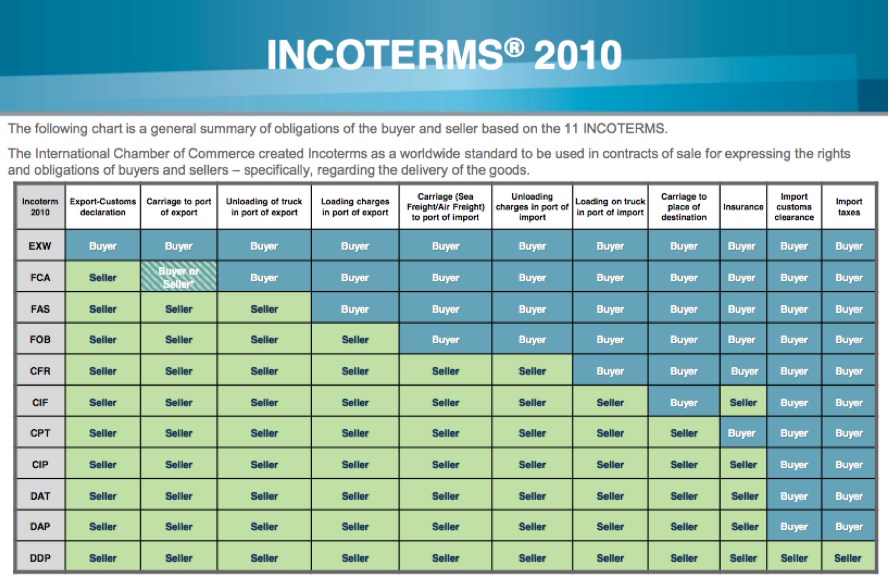Frequently Asked Questions
1) What is the release?
It is the service of keeping the import / export / transit containers in places under supervision and supervision of the operator.
2) How to Determine Start-Finish Date
The postage service starts on the day the ship arrives from the container to the terminal, the day the full container arrives from the port or from the outer sahara. There are “start of warehouse” and “end of warehouse” dates on the container warehouse bill. It is entirely the responsibility of the port and
it is not the case that the forwarder / shipowner or another carrier is involved in the warehouse . The invoicing process is carried out directly to the importer company like other import transactions.
3) What is THC (Terminal Handling Charge)?
All kinds of transfer, transportation, loading / unloading, laying, laying / unloading, transfer, etc., to the port, regardless of the load type, port customs clearance or duty free outside area. is the general name of all services provided.
4) CFS – What is Container Freight Station?
It is the address given to the areas where the load in the container is drained or filled.
5) What is Dangerous Goods / Freight (IMDG)?
It is a poultry which is classified by IMO (International Maritime Organization) and contains flammable, explosive, poisonous, corrosive radioactive substances and has special handling and stocking characteristics.
6) INCOTERMS

EXW – EX WORKS (… named place of delivery)
The seller ‘s only responsibility is to make the goods available at the Seller’ s premises. The buyer has the full cost and risk of moving the goods from there to destination.
FCA – FREE CARRIER (… named place of delivery)
The seller delivers the goods, cleared for export, to the selected by the buyer. The seller loads the goods if the Carrier pickup is at the Seller’s premises. From that point, the buyer bears the costs and risks of moving to the goods to destination.
CPT – CARRIAGE PAID TO (… named place of destination)
The seller pays for the goods to destination. From the time the goods are transferred to the first carrier, the buyer bears the risks of loss or damage.
CIP – CARRIAGE AND INSURANCE PAID TO (… named place of destination)
The seller pays for the goods to destination. From the time the goods are transferred to the first carrier, the buyer bears the risks of loss or damage. The seller, however, purchases the cargo insurance.
DAT – DELIVERED AT TERMINAL (… named terminal at port or place of destination)
The seller delivers when the goods are delivered to the buyer’s disposal at a named terminal at the designated port or place of destination. “Terminal” includes any place, whether covered or not, such as a warehouse, container yard or road, rail or air cargo terminal. The Seller bears all the risks involved in bringing goods to and unloading them at the designated port or place of destination.
DAP – DELIVERED AT PLACE (… named place of destination)
The seller delivers when the goods are placed at the disposal site. The Seller bears all risks involved in bringing the goods to the named place.
DDP – DELIVERED DUTY PAID (… named place)
The seller delivers the goods -cleared for import – to the buyer at destination. The Seller has all the costs and risks of moving the goods to the destination, including the Customs duties and taxes.
MARITIME-ONLY TERMS
FAS – Free Alongside Ship (… named port of shipment)
The seller delivers the goods to the port of origin. From that point, the buyer bears all costs and risks of loss or damage.
FOB – FREE ON BOARD (… named port of shipment)
The seller delivers the goods on board the ship and clears the goods for export. From that point, the buyer bears all costs and risks of loss or damage.
CFR – COST AND FREIGHT (… named port of destination)
The seller clears the goods for export. The buyer bears all the risks of loss or damage.
CIF – COST INSURANCE AND FREIGHT (… named port of destination)
The Seller clears the goods for export and pays the cost of moving the goods to the port of destination. The buyer bears all the risks of loss or damage. The seller, however, purchases the cargo insurance.
No related posts found
